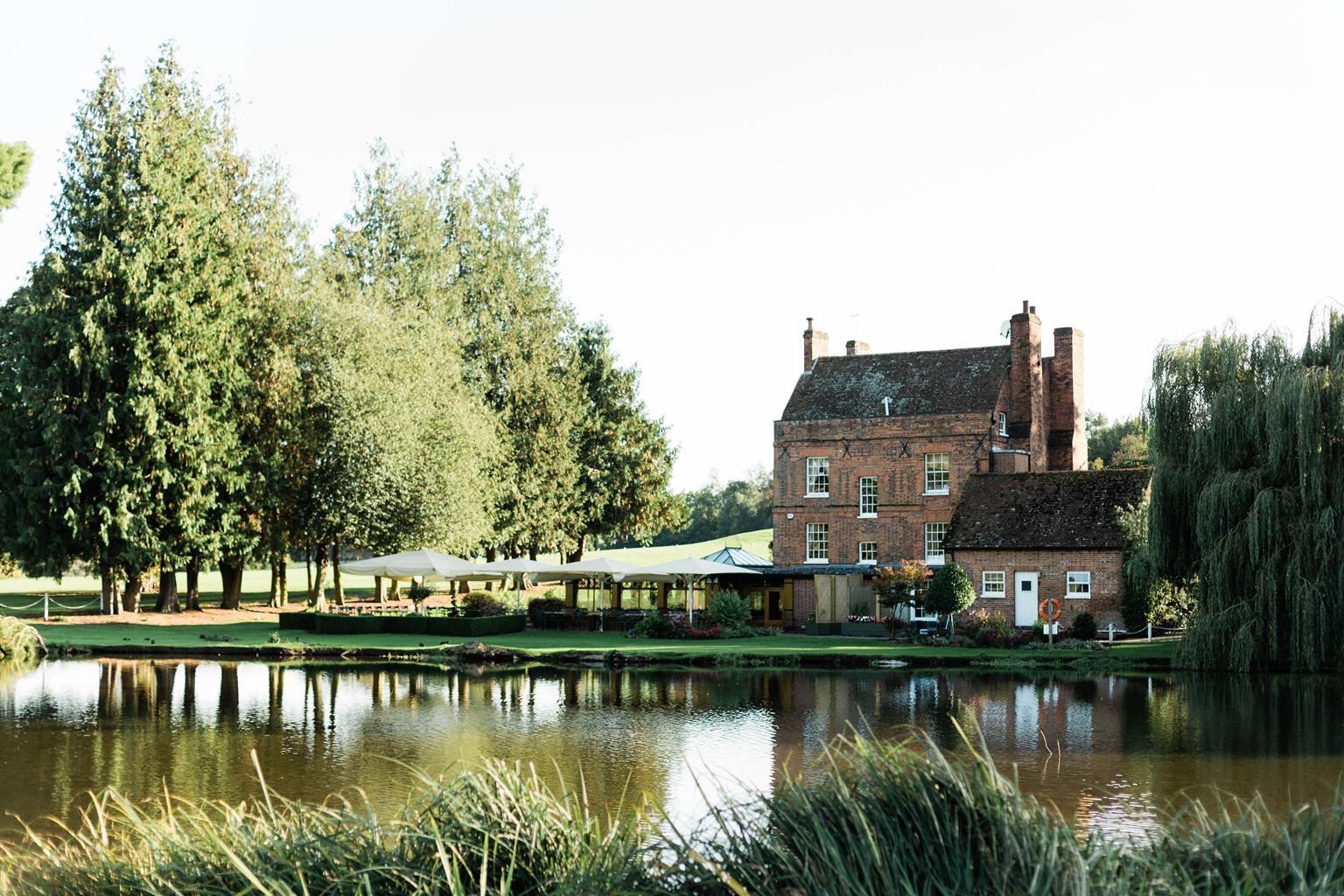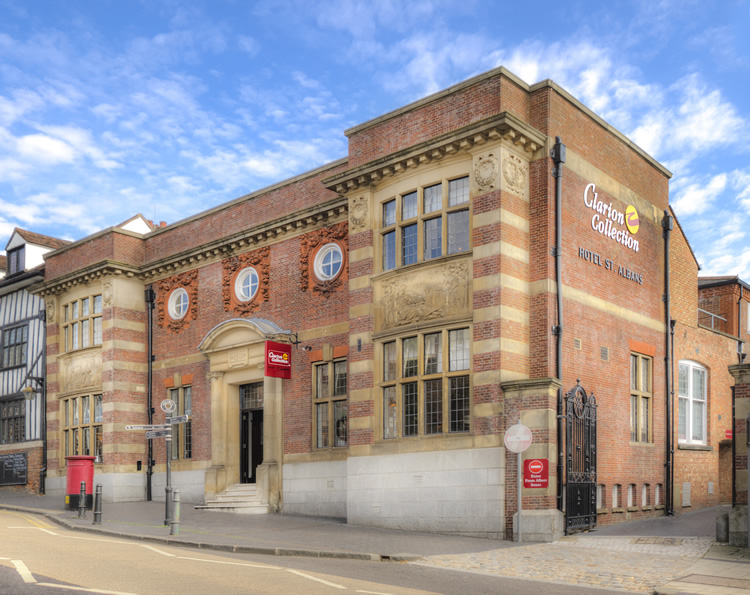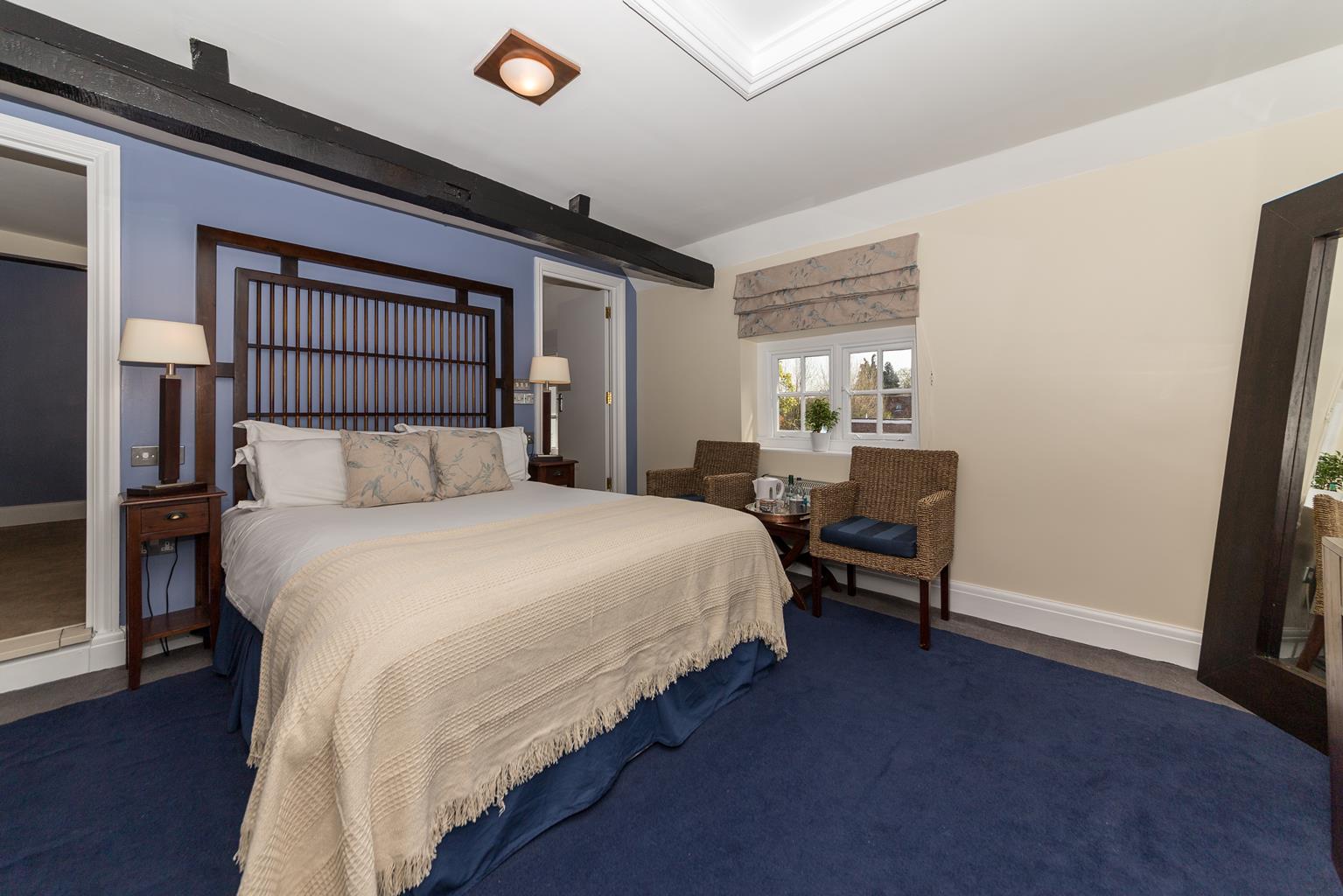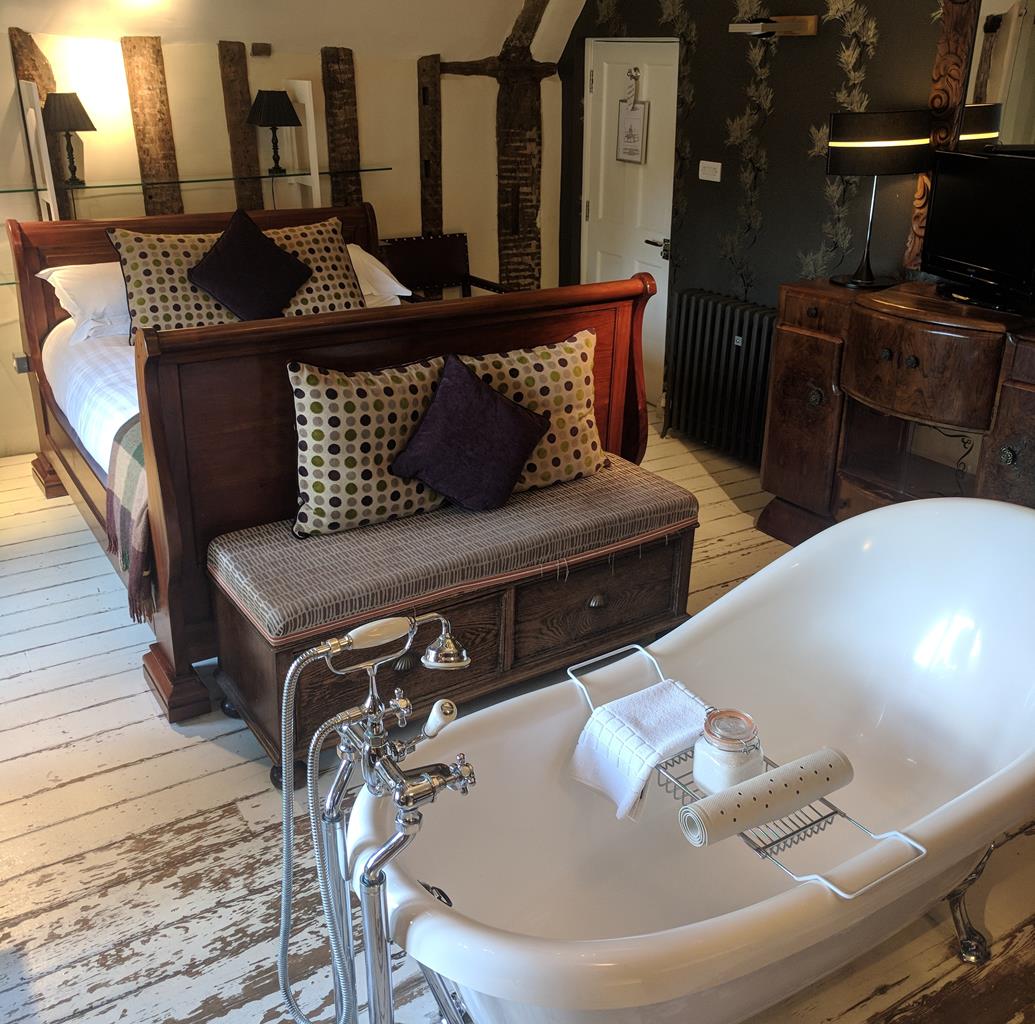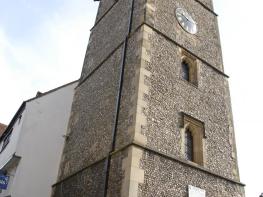In a prime position opposite the Cathedral, Clarion Collection Hotel St Albans is right at the…
Elizabethan North Mymms Park

5 miles (8kms)
About the walk
The opening of Brookmans Park Station in 1926 spawned rapid growth of its suburb to the east. The new buildings occupied much of the park to a mansion that had burned down in 1891 – its stables are now a golf club house. Fortunately, the railway line also served as a barrier to westward development and our walk is in this unspoilt area, focusing on North Mymms Park, an Elizabethan mansion set in wonderful parkland.
A great house
Built by Sir Ralph Coningsby in the early 1590s, North Mymms Park is a typical Elizabethan great house with vast, stone mullioned and transomed windows and parapeted gables. It was built in red brick with diamond-shaped patterns in blue brick, and with clusters of tall chimneys. The mansion decayed in the 17th century but was restored several times, and then was thoroughly re-Elizabethanised in the 19th century. At its gates, the parish church feels more like a private chapel. Here, too, is the remnant of the medieval village cleared for the park, the timber-framed Church Cottage and the late 17th-century former vicarage. In the mainly 14th-century St Mary's Church the most interesting monument is that in the chancel. It was sculpted by the fashionable Peter Scheemakers for Lord Somers, Chancellor to William III. A figure of Justice sits above an unusual marble doorway which once led to his vault.
More to the point
More Hall, otherwise known as Gobions was situated just south of Brookmans Park until it was demolished in 1840, and was once the family home of Sir Thomas More. The son of a judge, he went to Oxford University and then Lincoln’s Inn to study law before becoming Lord Chancellor to Henry VIII in 1529. The estate was a fine example in its time of the landscaping genius Charles Bridgeman, whose work attracted visitors from all over England and France. Daniel Defoe was also a fan and described it as one of the most remarkable curiosities in England. Later on it passed through the hands of wealthy merchants at a time when England’s biggest export was woollen cloth. By 1707 the house was owned by Sir Jeremy Sambrooke whose family had close ties with the East India Company and who is buried at St Mary’s Church. It stayed with the family until 1815 when it was sold to Thomas Kemble, and the sarcophagus near the west window of the church confirms that the Kembles remained here until 1833. It was an impressive estate judging from records dating from the early 1800s. The house was set in 328 acres (133ha) of rich meadow land with stately avenues, pleasure grounds, ornamental lodges and a lake. The original site of the house is in Gobions Wood, just north of the lake.
Walk directions
Cross the railway bridge from the Brookmans Park side and follow Station Road downhill as far as the left turn, Bradmore Lane. Here a footpath sign doubles back parallel to Station Road. The path descends to the valley floor, an unkempt hedge on the left and a chain-link fence on the right. Cross a footbridge between gates here.
Turn right alongside a post-and-net fence and at the corner of the field go right, over a bridge, then in a few paces, go left through a kissing gate at the corner of Brick Kiln Wood. Keep on the path, the stream now to the left with views of the Royal Veterinary College beyond. Past the woods and near the end of an arable field, the path goes left to cross the stream-bed, then winds through scrub to another bridge over the Mimmshall Brook.
Keep ahead. Once opposite Hawkshead Lane, with its two-arch bridge, go right. Cross over the main road and pass between white posts, then turn left for 60yds (55m) and join the footbridge that crosses the A1(M).
Cross over the footbridge, descend and turn sharp right to walk alongside the A1 (M) on a metalled track, soon bearing left uphill. Over the crest the track descends past a rendered, octagonal structure, a former well-house. Beyond, the metalled track goes right at an ancient oak while our route goes straight on along a green lane.
Continue straight over a footpath crossroads, heading to the right-hand side of oak, sweet chestnut and hornbeam woods. Go through a gate and walk alongside the woods. After going through the next gate turn right on to a metalled track which joins an access drive to North Mymms Park. On the left is a dense, holly hedge surrounding the mansion and at the drive junction go left to St Mary's Church.
To the west of the church tower kissing gates lead into the park and across the drive are some good views of North Mymms Park mansion. Retrace your steps through the churchyard to the drive. Turn right and then left through a kissing gate into pasture, aiming for the footbridge over the A1 (M). The path skirts the corner of a cricket pitch and then heads for a gate to the left of an electricity pole. Go up steps and turn right to cross the motorway.
Descend to the road and cross to the Waterend Café, turning right into Warrengate Road. Continue past The Woodman Inn and a row of properties, then take the next left turn into Bradmore Lane. Follow this between fields and hedgerows to reach a T-junction. Turn right into Station Road and return to Brookmans Park.
Additional information
Field paths, tracks and lanes
Pastoral stream valley, hills, woods and parkland
Sheep pasture and ponies
OS Explorer 182 St Albans & Hatfield
Car park east of Brookmans Park railway station
None on route
WALKING IN SAFETY
Read our tips to look after yourself and the environment when following this walk.
Find out more
Also in the area
About the area
Discover Hertfordshire
As Hertfordshire is so close to London, many of its towns have become commuter havens. St Albans, less than 19 miles (30km) from the capital, has retained its distinctive character, along with many historic remains. The Roman city of Verulamium is situated in a nearby park, and excavations have revealed an amphitheatre, a temple, parts of the city walls and some house foundations. There are also some amazing mosaic pavements.
The abbey church at St Albans is thought to have been built on the same site where St Alban met his martyrdom in the 3rd century. The abbey was founded in 793 by King Offa of Mercia, and contains the saint’s shrine, made of Purbeck marble. Lost for years, it was discovered in the 19th century, in pieces, and restored by the designer of the red telephone box, Sir Giles Gilbert Scott. The abbey also contains some wonderful medieval wall paintings. Nicholas Breakspear was born in St Albans, the son of an abbey tenant. In 1154 he took the name Adrian IV, and became the first, and so far only, English pope. Another famous son of Hertfordshire was Sir Francis Bacon, Elizabethan scholar and Lord High Chancellor, born in Hemel Hempstead in 1561.
Nearby stays
Restaurants and Pubs
Nearby experiences
Recommended things to do
Why choose Rated Trips?
Your trusted guide to rated places across the UK
The best coverage
Discover more than 15,000 professionally rated places to stay, eat and visit from across the UK and Ireland.
Quality assured
Choose a place to stay safe in the knowledge that it has been expertly assessed by trained assessors.
Plan your next trip
Search by location or the type of place you're visiting to find your next ideal holiday experience.
Travel inspiration
Read our articles, city guides and recommended things to do for inspiration. We're here to help you explore the UK.








